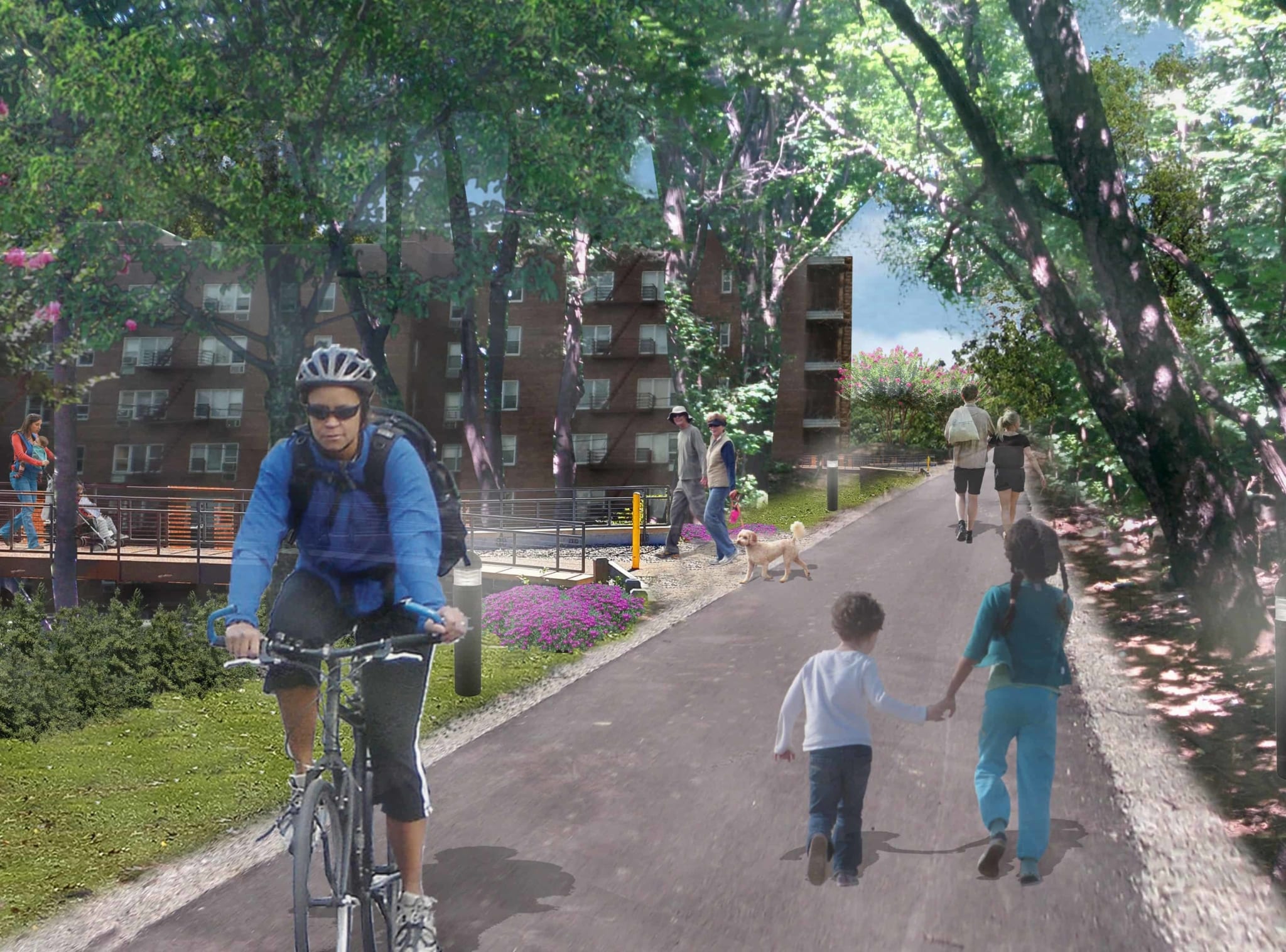Brownfields are generally abandoned or vacant land that is — or is perceived to be — polluted or contaminated. Often times these properties are considered “blight,” preventing community investment, reducing property values and negatively impacting quality of life. Brownfields are often concentrated in economically distressed communities in post-industrial cities.
Reinvestment in these properties can transform blight into community assets, through affordable housing, community gardens, playgrounds, parks and more. However, in weak real estate markets, with low property values and limited private investment, municipalities may be inclined to redevelop brownfield sites to commercial or industrial uses for tax revenue purposes, rather than as a public amenity. An active and engaged community can be critical in making a compelling case for transforming a brownfield into a park, trail or public space that can contribute to a healthy, vibrant community.
Transforming a brownfield into a park can be a complicated and expensive process and funds are very competitive, requiring creative partnerships with local governments, community development organizations, philanthropy, and businesses. Diverse partnerships can tap a wide variety of funding sources, such as Community Development Block Grants.

